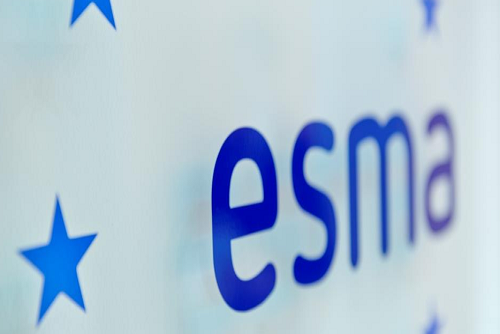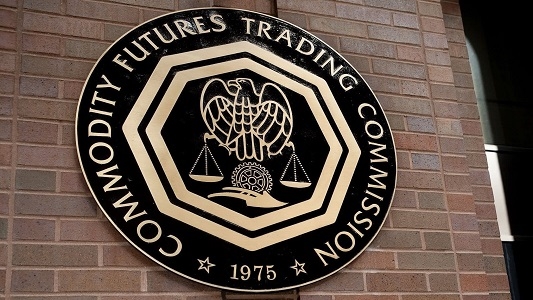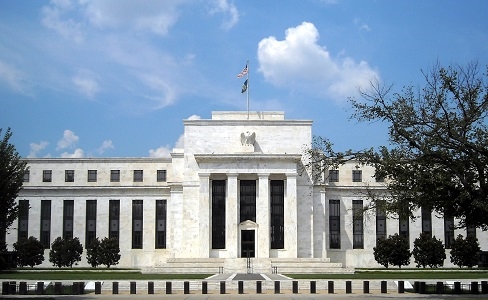Esma study shows scale of div-arb trading

A study by Europe’s securities regulator has highlighted the scale of dividend trading across the continent.
On July 2, Esma officials published a paper looking into cash trading and securities lending around dividend dates.
It follows media reports and an investigation by the EU Parliament into alleged large-scale tax fraud known as “cum/ex” schemes.
“The difference between the lending peak during the main dividend season and the average for the rest of the year has fluctuated between €150bn and €200bn since 2010,” Esma said in its study.
“The size and frequency of the cyclical peaks appear to vary across countries, although the scale of dividend trading appears to have generally decreased since 2006-2008.”
In several countries, including Germany, Italy and Austria, Esma’s paper suggests the peaks seem to have disappeared in recent years.
However, dividend trading remains “very significant” in other countries, particularly Belgium, Denmark and Sweden relative to the average value on loan, and in France and UK in absolute terms.
The frequency of lending peaks also varies. For most jurisdictions, the largest increase in volume of loans occurs on an annual basis, typically around May.
“On the contrary, volumes appear to spike on a quarterly basis in a few countries (e.g. UK and Netherlands), presumably reflecting quarterly rather than annual dividend payments,” Esma added.
In a statement, Esma chair Steven Maijoor said that while div-arb schemes do not necessarily imply breaches of the market abuse or short selling regimes, they may affect the integrity of securities markets and individual firms.
He added: "Esma has identified best practices that could be used by national competent authorities (NCAs) to detect and investigate multiple withholding tax reclaim schemes. In addition, we have launched a formal inquiry to further collect evidence on NCAs’ supervisory experiences.”
Granular transaction-level data on securities lending will become available once reporting begins under the EU Regulation on Securities Financing Transactions (SFTR), in April 2020.
Esma added that the additional information provided by the upcoming reporting under SFTR may become valuable for NCAs to be analyse dividend trading.
In relation to the MiFID II framework, based on the information that has emerged so far, Esma said dividend tax schemes do not necessarily imply a violation of the rules.
Div-arb deals, including so called cum-ex schemes, involved large foreign investors lending out their holdings of stocks, engineered by banks, so they are not on their books at dividend time.
“Cum-ex is the biggest European tax scandal,” MEP Sven Giegold, financial and economic policy spokesperson of the Greens/EFA group, wrote on October 23.
Found this useful?
Take a complimentary trial of the FOW Marketing Intelligence Platform – the comprehensive source of news and analysis across the buy- and sell- side.
Gain access to:
- A single source of in-depth news, insight and analysis across Asset Management, Securities Finance, Custody, Fund Services and Derivatives
- Our interactive database, optimized to enable you to summarise data and build graphs outlining market activity
- Exclusive whitepapers, supplements and industry analysis curated and published by Futures & Options World
- Breaking news, daily and weekly alerts on the markets most relevant to you




